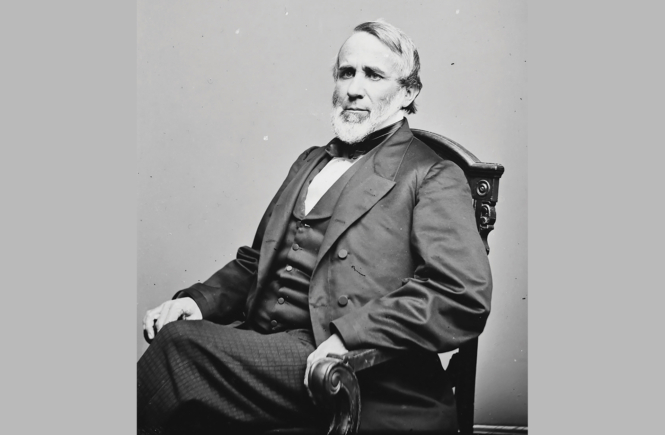John W. Crisfield
The Story Of How Crisfield Was Once The “Seafood Capital Of The World”
In 1854, a survey of the Chesapeake Bay revealed that the area was a lucrative fishing location, with extensive oyster beds around Somers Cove. Roughly a decade later, in 1866, John W. Crisfield, a Princess Anne attorney, was instrumental in bringing the Eastern Shore Railroad, a branch of the Pennsylvania Railroad system, to the Somers Cove seaport. The Crisfield Secondary Branch of the railroad opened on November 6 of that year. The town was formally incorporated in 1872 as a city and renamed Crisfield in honor of the attorney’s efforts. The railroad bolstered the economy of the new city and Crisfield prospered greatly, as did other towns and settlements along its route, such as Marion Station to the north.
Seafood was soon being shipped all over the U.S., and Crisfield became known as the “Seafood Capital of the World,” a nickname still carried by the city. An industrial boom followed, and by 1904, Crisfield was the second-largest city in Maryland. The city also had a baseball team: the Crisfield Crabbers, who played in the Eastern Shore Baseball League.
The success of the city’s seafood industry filled the city with train soot and large quantities of oyster shells. Around the turn of the 20th century, businessmen would buy plots of land at the southwest edge of the city and discard the shells and soot into the salt marshes. This dumping ground eventually grew to become a peninsula roughly a half-mile long. Downtown Crisfield was built atop this new land, and this leads to the common statement that the city was “literally built on top of oyster shells.”

